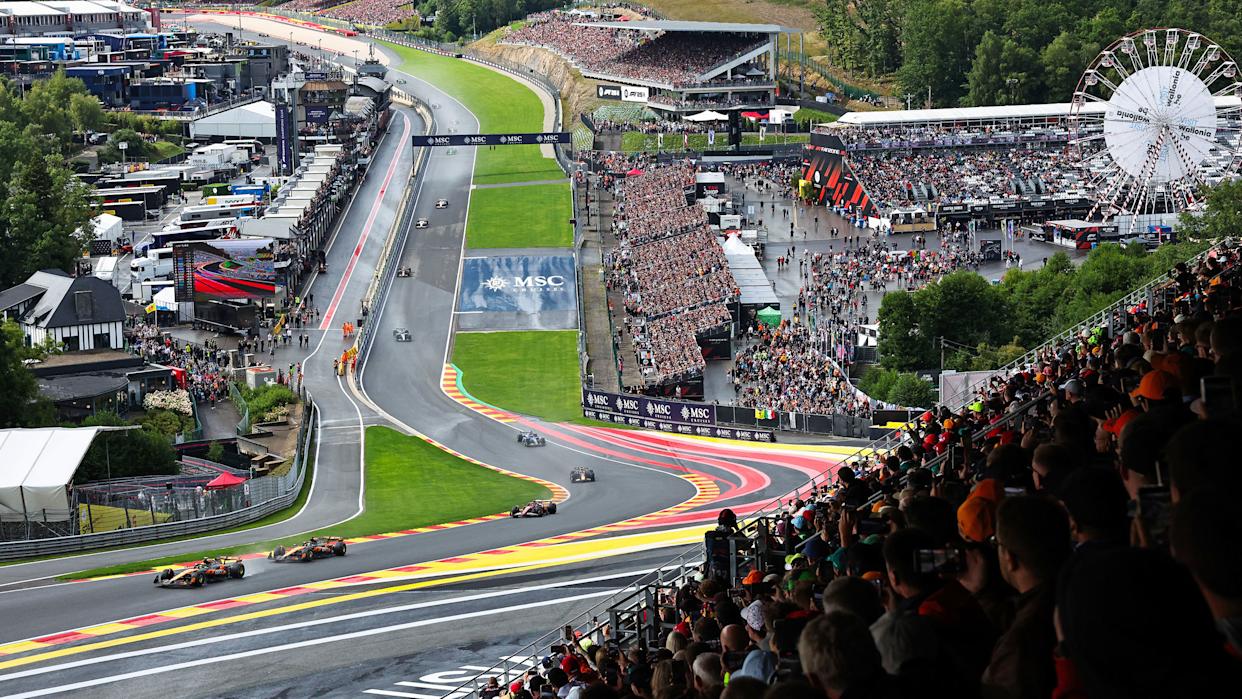
When rumors began to circulate around a year ago about the Circuit de Spa-Francorchamps leaving the Formula 1 calendar, locals, race organizers, and fans engulfing the grandstands in orange all had something to say about it.
For many, the Belgian Grand Prix’s 2025 contract expiration meant more than erasing one of the sport’s European races from the schedule. To locals, it represents a hit to the small-town economy. Residents rent out their farm fields as parking lots, and the race generates 41.8 million euros ($48.7 million) for the region, making up 10 percent of a neighboring town’s annual income.
For race organizers, the expiration date looked threatening as races like Miami and Las Vegas popped up with bigger bottom lines and commercial success. “I guess a lot of things are just about money nowadays, which is the issue. It’s a business,” Lando Norris said in 2022 as South African Grand Prix negotiations threatened to axe Spa.
For fans, Spa’s uncertain future meant one of F1’s most historic and iconic tracks could be removed from the calendar. Ultimately, F1 re-signed its contract with the Belgian Grand Prix until 2031 on the condition that it would rotate every other year starting in 2028.
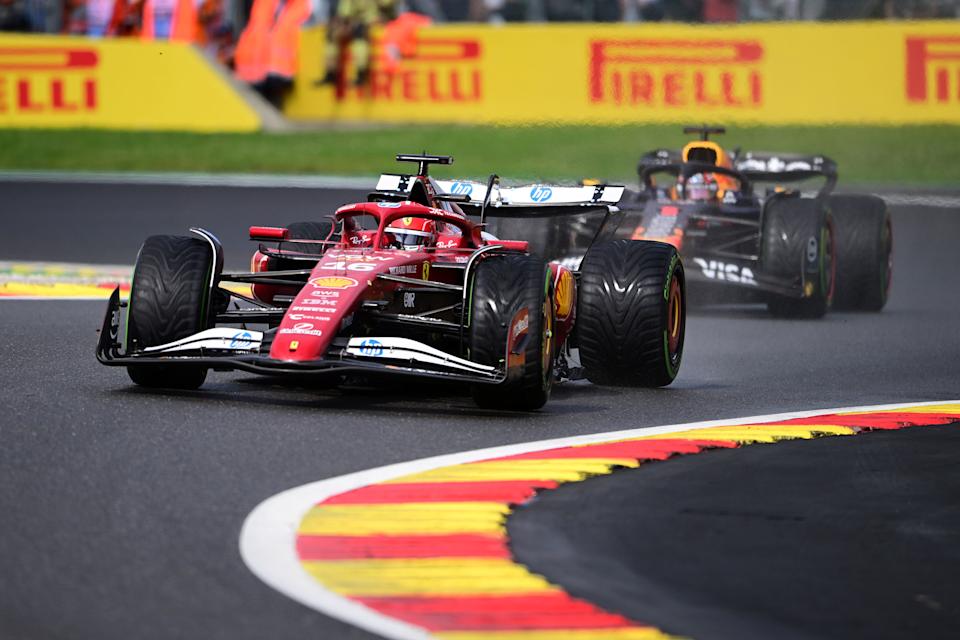
Last year, spectators flocked to the circuit anticipating that it could be their last chance to see F1 cars take on Eau Rouge in person. The 2024 race offered an unexpected winner and disqualification drama. But as the sport’s 20 drivers faced a slick circuit under a safety car this year, there was much left to be desired.
With a nearly hour-and-a-half rain delay to kick off Sunday, the race looked like it could hold seat-gripping promise when Oscar Piastri lunged alongside teammate and championship-title rival Norris to take the lead. However, besides a few wide corner slip-ups and a handful of clean overtakes, the Grand Prix was a dull affair. The finishing order looked a whole lot like the starting grid, just in a slightly different order, as Piastri took home the winner’s trophy, followed by Norris and Charles Leclerc. Against expectation and public opinion, Saturday’s sprint race held more drama, intrigue, and wheel-to-wheel racing than the main event.
While there were opportunities for Sunday’s race to keep viewers’ attention—like Alex Albon dragging his Williams into sixth place, or Lewis Hamilton’s recovery drive from 16th to seventh—F1’s broadcast spent more time on the dominant drive in front. The sport’s greatest narrative arc in 2025 is its midfield runners, and the story told to spectators on Sunday didn’t capitalize on the fact that Liam Lawson, Gabriel Bortoleto, and Pierre Gasly rounded out the top 10 points-scoring finishers.
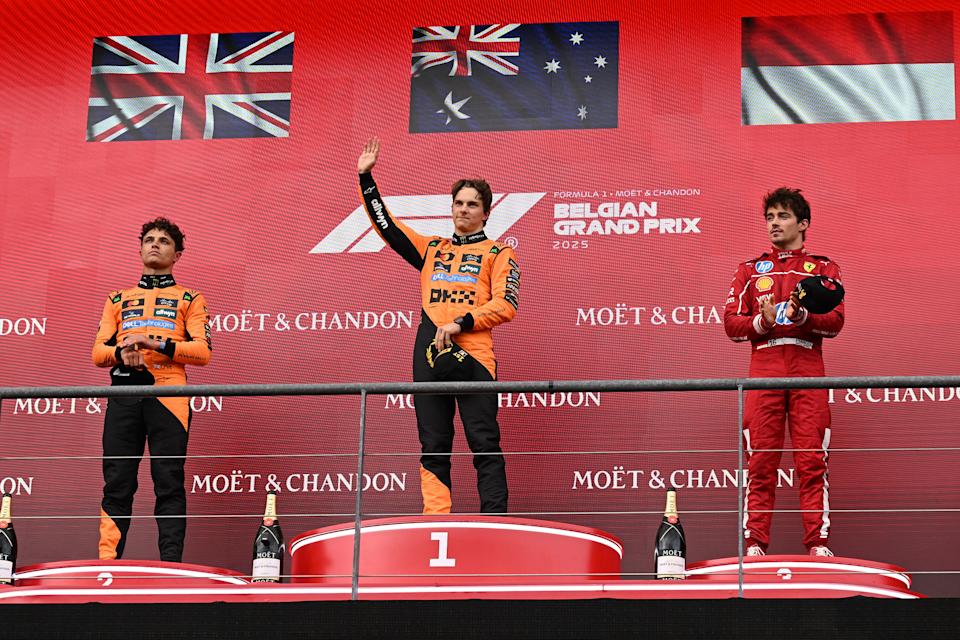
In F1’s current entertainment epidemic, Spa remains an enigma. It has all the ingredients for a fan-favorite race: high speeds, blind corners, history, and decently cheap entry and concession costs. But Sunday’s race didn’t reach that potential. In response to the 44-lap procession, fans on social media began to circulate Max Verstappen’s radio message from the 2024 Monaco Grand Prix: “This is boring, should have brought my pillow.”
The sport’s 2026 regulations bring the potential for more excitement. Smaller and lighter hybrid cars should increase speeds at one of the fastest tracks on the calendar. But the new regulations also come with unpredictability. The circuit’s lack of braking means fewer opportunities for energy regeneration. And less bulky machines paired with lower downforce, higher speeds, and a track that never seems to fully dry mean the potential for danger is high.
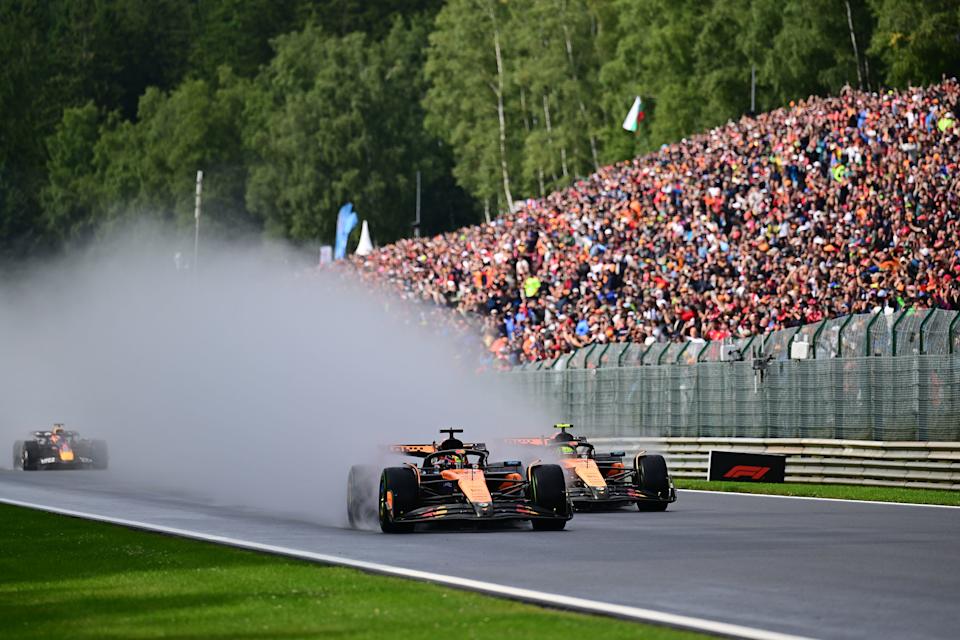
The 4.3-mile circuit already has a long and tragic history, and its safety faces near-constant skepticism: “The two questions are, is Spa safe enough?” George Russell said last year. “And then, it’s a question of the conditions.” Over the years, F1 has increasingly prioritized safety in its decision-making at Spa, as it did with the call to delay Sunday’s race start. Still, the venue’s long list of fatalities and annual uncertainty is another tick working against its long-term future.
So, where does Spa go from here?
Maybe it is truly something better suited to the history books, or to this on-again, off-again format that leaves space for more modern race host locations. But there are still traditionalists who wax poetic about the Belgian Grand Prix as a timeless tribute to the sport and its heroes: “It’s one of the best tracks in the world,” as Hamilton put it last year.
Maybe distance will make the heart grow fonder as the track’s rotating format takes effect, and Spa will be more sweet than snooze-inducing next time around.
Got a tip? Email [email protected]


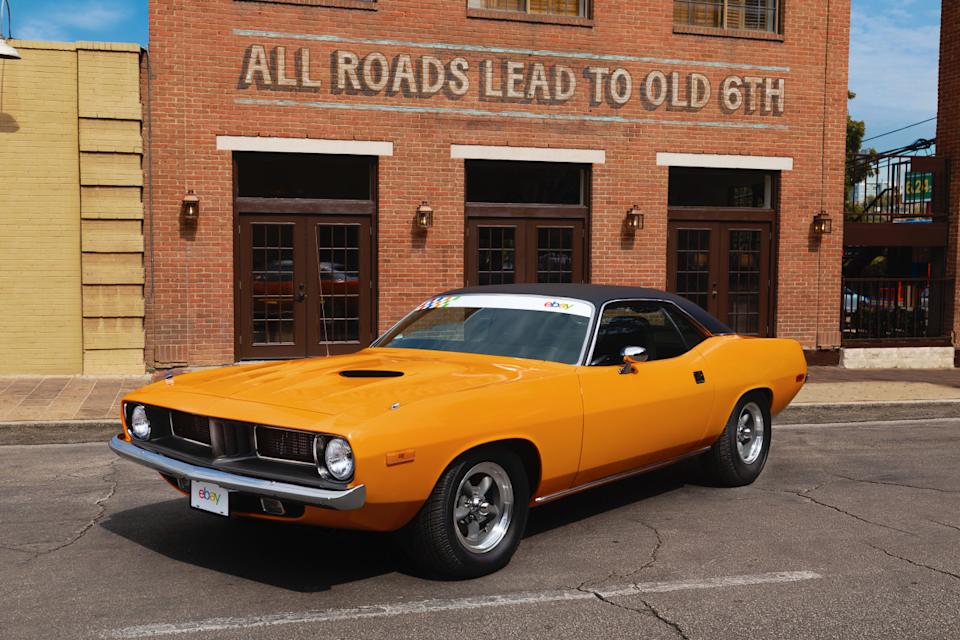


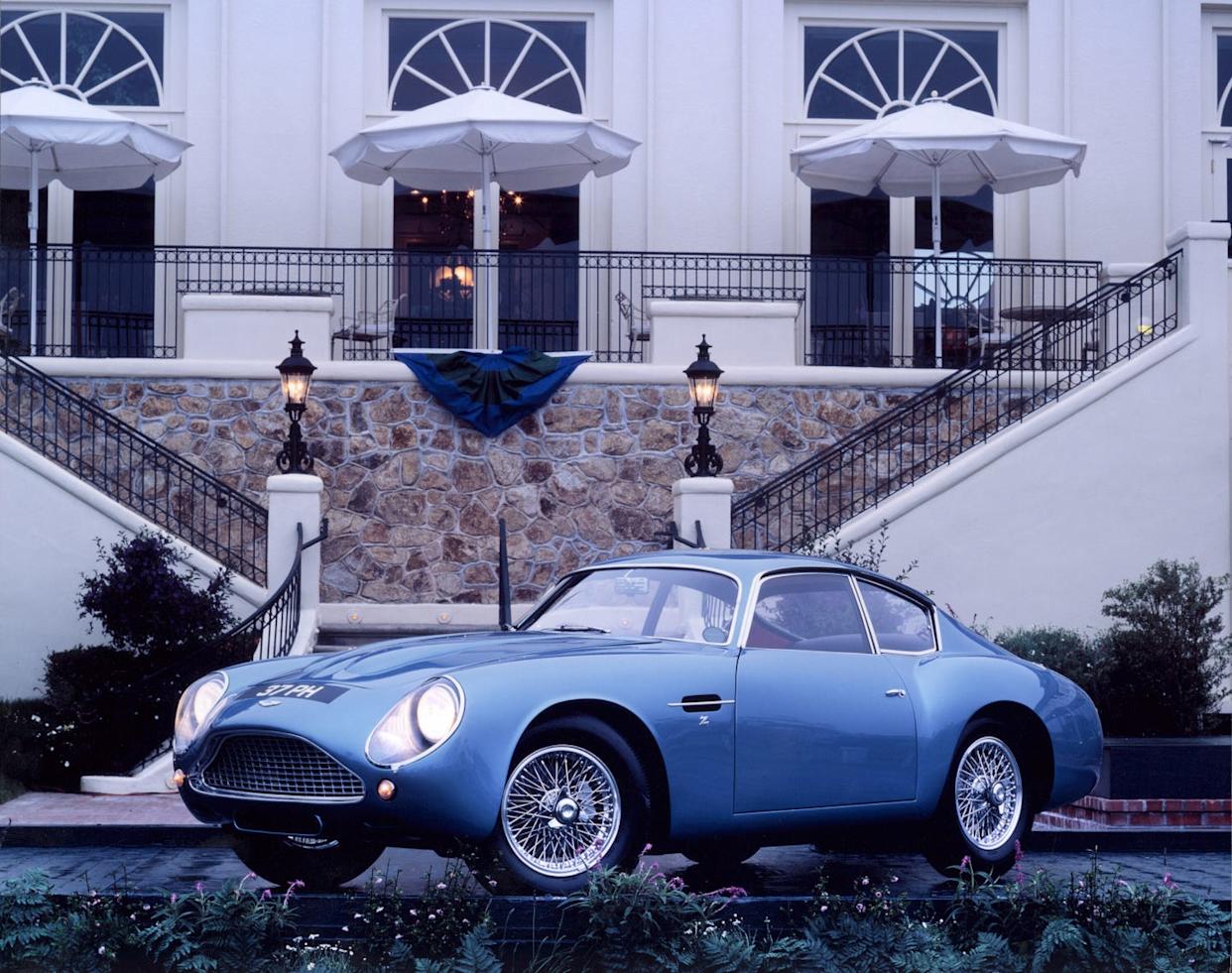
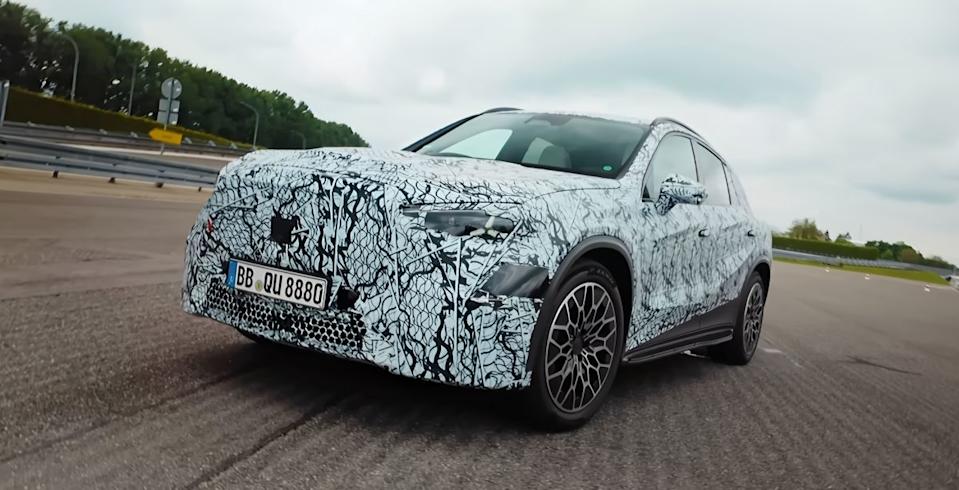

Comments